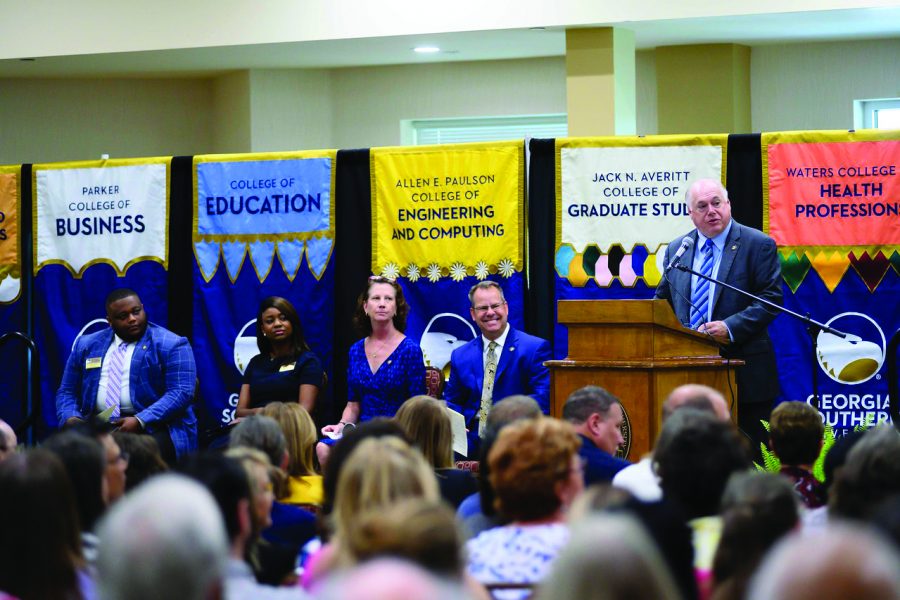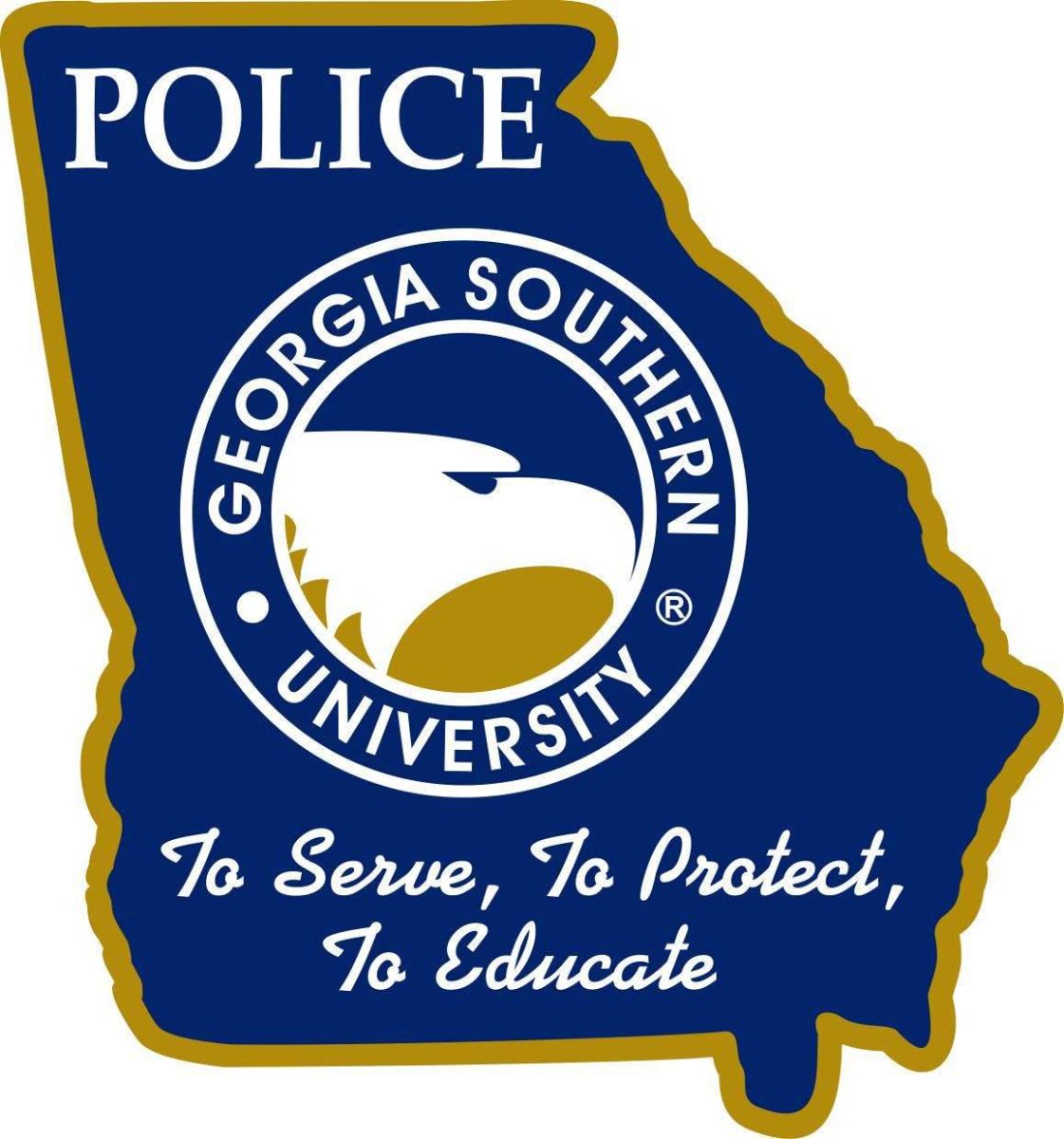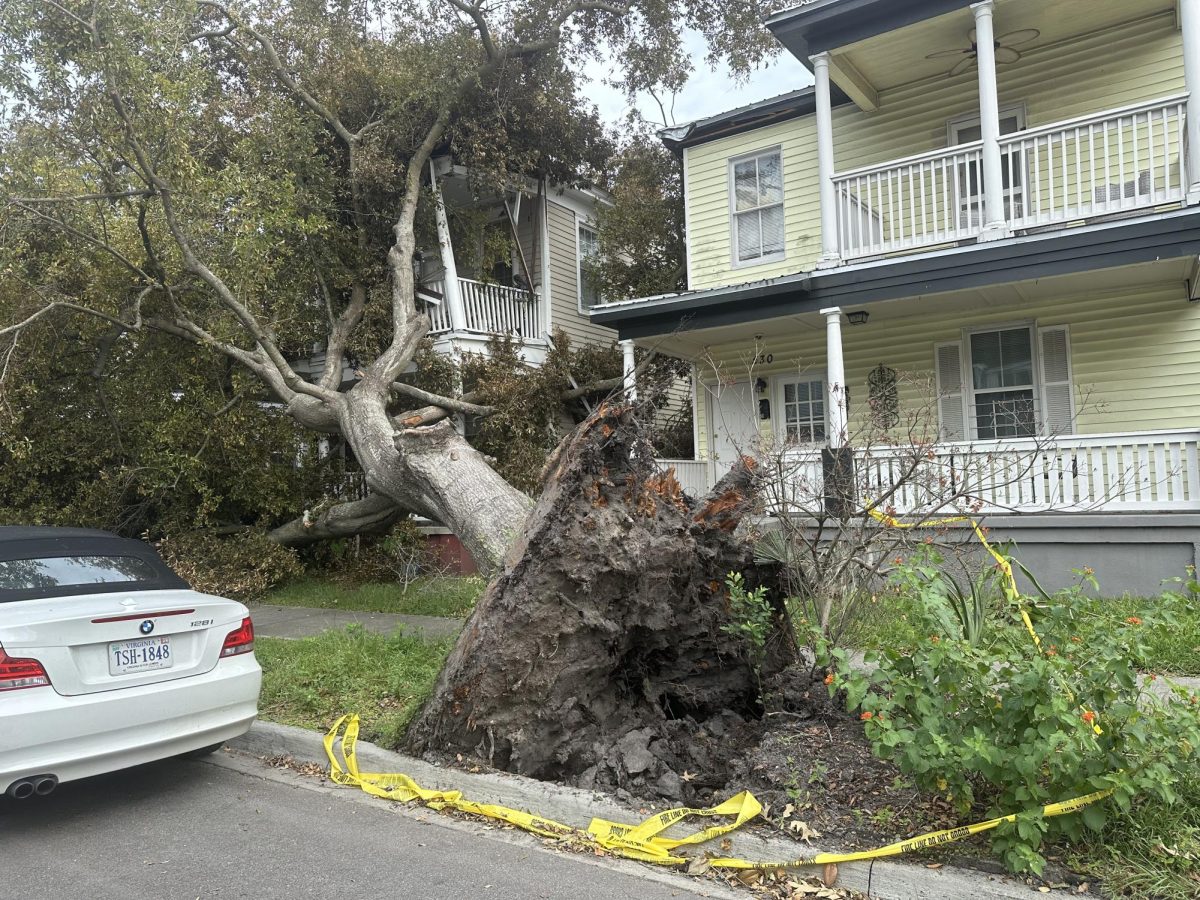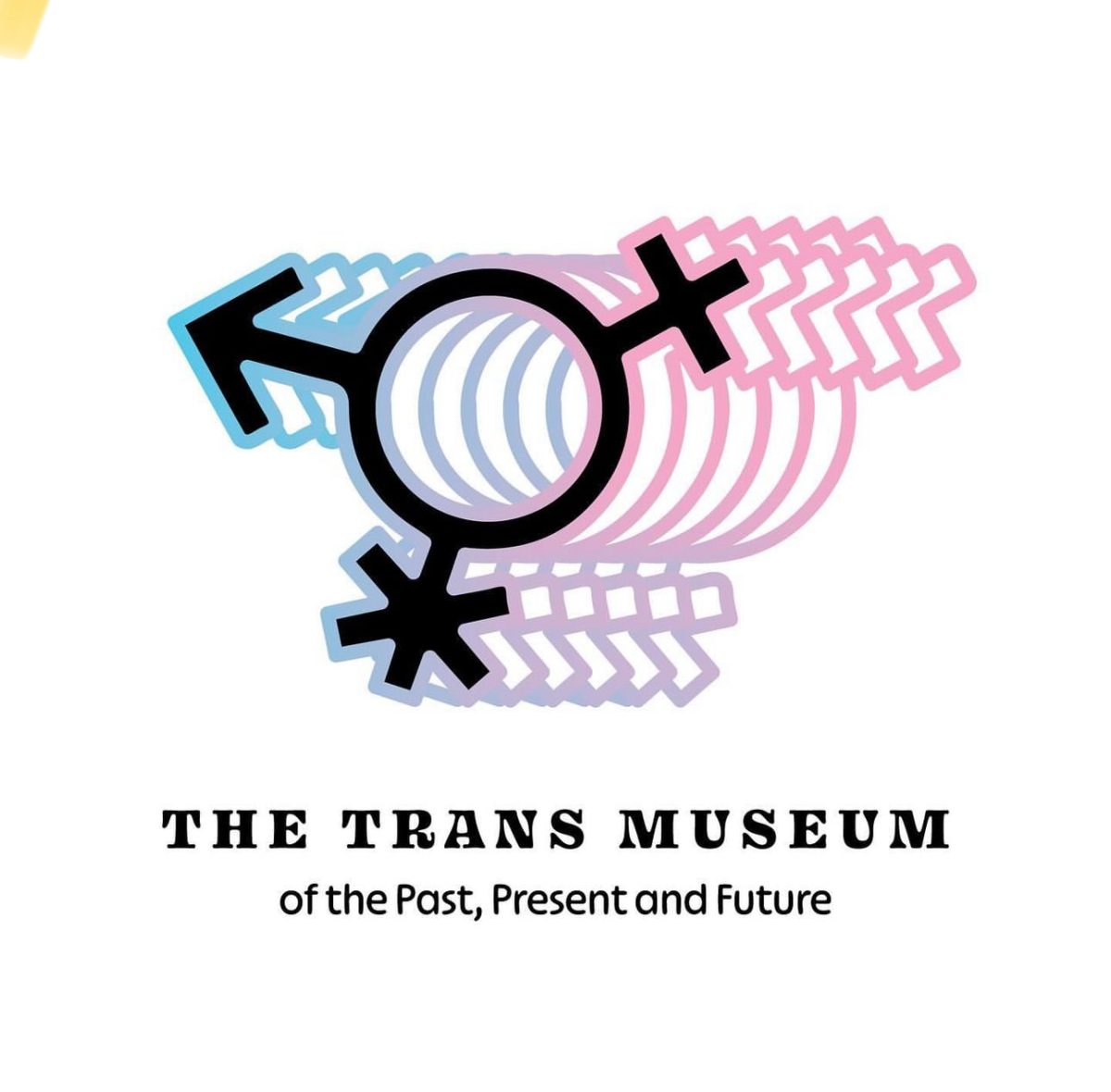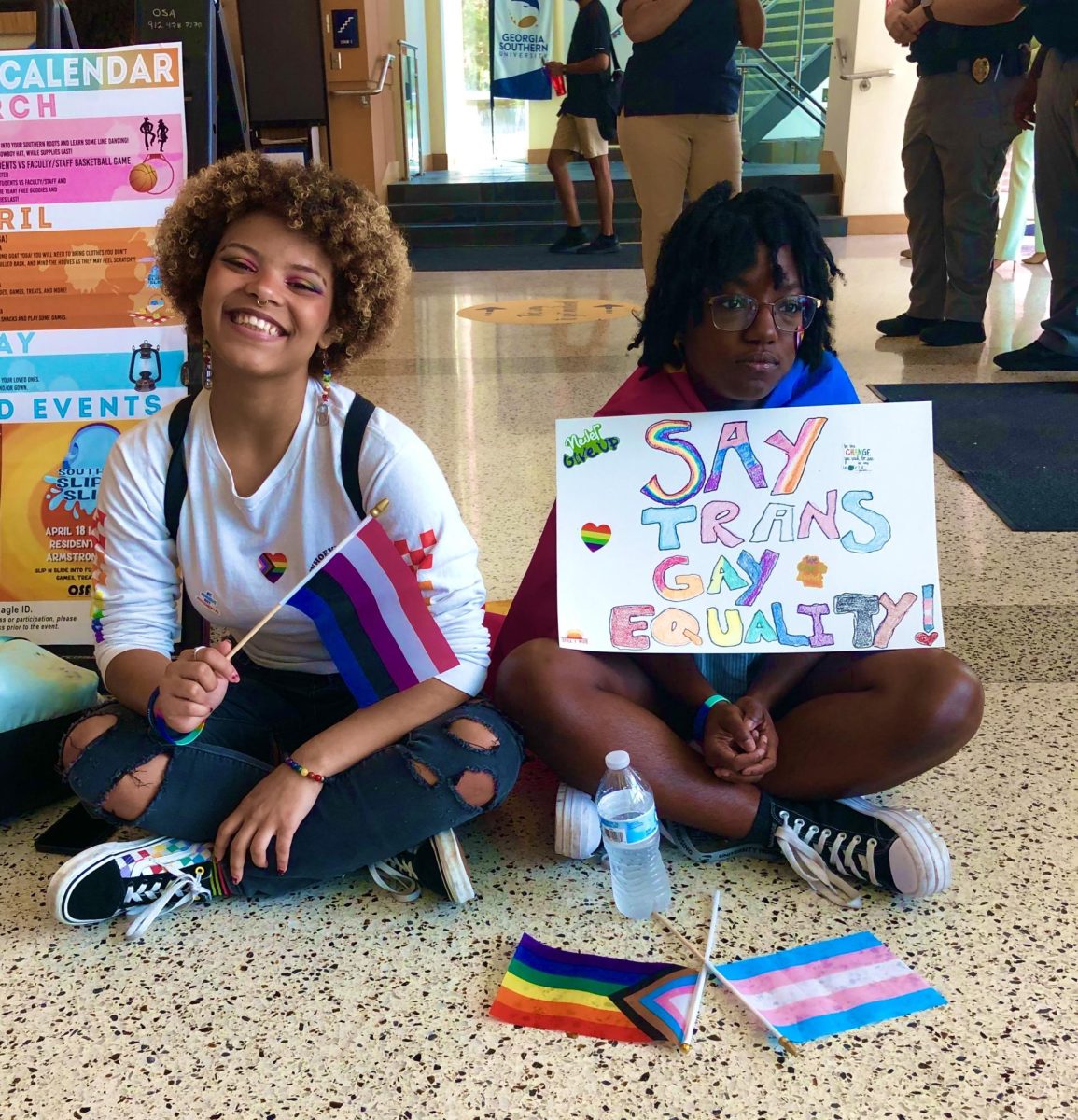Stanton Dobson, Copy Editor
The fall 2019 State of the University at the Armstrong and Statesboro campuses saw many key figures in Georgia Southern governance speaking on critical topics like the university’s budget crisis, the overhaul of the university’s commencement ceremonies, the student enrollment decline and the strategic plan that was drafted to counter it.
Prominent speakers included Carl Reiber, Provost and Vice President for Academic Affairs, Helen Bland of the Faculty Senate, Ava Edwards of the Staff Council and SGA president Juwan Smith.
However, it was president, Dr. Kyle Marrero, himself, who spoke the most extensively on the aforementioned topics, and it was his State of the University Address that occupied the majority of the convocation.
Budget
Marrero said GSU was “facing the largest budget reduction in history, 13.1 million in recurring dollars,” but through last year’s elimination of 195 vacant faculty and staff positions and through their general budgeting process, the university was able to “identify 26.4 million dollars in redirection.”
Marrero explained how that money was distributed–that 13.1 million of that revenue was used to cover the budget deficit while the rest was re-invested into the faculty body.
The university still has to allocate 3.8 million dollars worth of funds this year but Marrero ended favorably that this could be the university’s final year in budget crisis.
“We’re growing and working our way through that,” Marrero said of the budget shortfall, “but that is our number 1 hurdle in our budget process moving forward. Anything else that we have in new dollars above and beyond that 3.8 million dollars we’re going to invest in our people.”
Marrero said that eliminated faculty and staff positions could make their way back with enough support once the budget crisis has been surmounted. “What are our new positions? When you eliminate 195 vacant positions there’s going to be critical issues across this campus. That’s why we need you [faculty] in this early part of this process to identify through your units and departments where perhaps we need to bring back those positions that are critical for us to deliver our curriculum, the services to our students, and to ensure every process each day and everything that we do need to be sound to our promise and to our delivery to our students.”
Commencement
Later in the meeting the president addressed the issues of commencement and its. He recalled the survey sent out for the spring 2019 graduation and summarized the public’s response.
“It’s always hard to change any culture. Change in it of itself is difficult, and so we went through it, and what we did as high-ed is we accessed. How did it go? We did a survey. 2500 respondents. All very positive… Yea, not so much. You know, they told us how they felt–what was important to them, and we had focus groups [SGA included] we really talked about logistics because we are so many.”
It appears that Marrero and his team are aware of the public dissatisfaction with the newly erected commencement plan, but as Marrero went on to say, “it’s difficult” to promptly accommodate 6 to 8,000 students while simultaneously satisfying the wants of the populaces from both campuses.
“Think about it, where in Savannah can you have 6 to 8,000 people? Maybe they’ll build that arena [Savannah Arena] and it’ll be lovely. But for now, it’s difficult. Where can we actually pull off 9 ceremonies in 36 hours where we can ensure safety–where we can ensure everyone that comes can actually see the ceremony and hear it.
Marrero said, “And frankly, we just don’t have the resources to pull this off on a consistent basis. One thing we really wanted to focus on clearly is what our focus is. It is the student experience and the culmination of their studies. This is for them.”
He made it clear that figuring out the details behind a satisfactory commencement ceremony was still an ongoing issue for him and his team but they do have a tentative plan for this semester’s commencement ceremony that they hope to announce Sept. 1, which will come after a final meeting with SGA on Aug. 24.
Enrollment Decline
Also during his address, Marrero pointed out that last year student enrollment was in decline this semester, and that enrollment decline is impacting the budget. “We did have an enrollment decline of 1,200 students–22,000 credit hours… that meant a 7 million dollar reduction in our recurring budget.”
In order to counter declining enrollment, his committee drafted a strategic plan that he later outlined in the meeting. Apparently now marketing and branding are major foci in this new plan.
Marrero said, “We’re going to spend twice as much as we’ve ever spent on marketing this year. And that’s because we barely dabbled in the marketplace and it’s a very large marketplace but it’s going to be strategically aligned with this so we can drive enrollment… Our goal is… we really want to be in a rhythm of about 2-3% [increase in enrollment] a year. That’s good growth.”
Five Pillars
The other pieces in the strategic plan are the five pillars, “Teaching Research, Student Success, Inclusive Excellence [diversity], Operational Efficiency, Effective Sustainability, and Community Engagement. Clearly, the center of it, the outcome of it, and most focused on is Student Success but these are the five pillars that make up our strategic plan.” These pillars will frame the strategic plan as it develops throughout the 2019-2020 school year.
The George-Anne: Inkwell Edition will follow each of the topics introduced in the convocation all throughout the semester.


